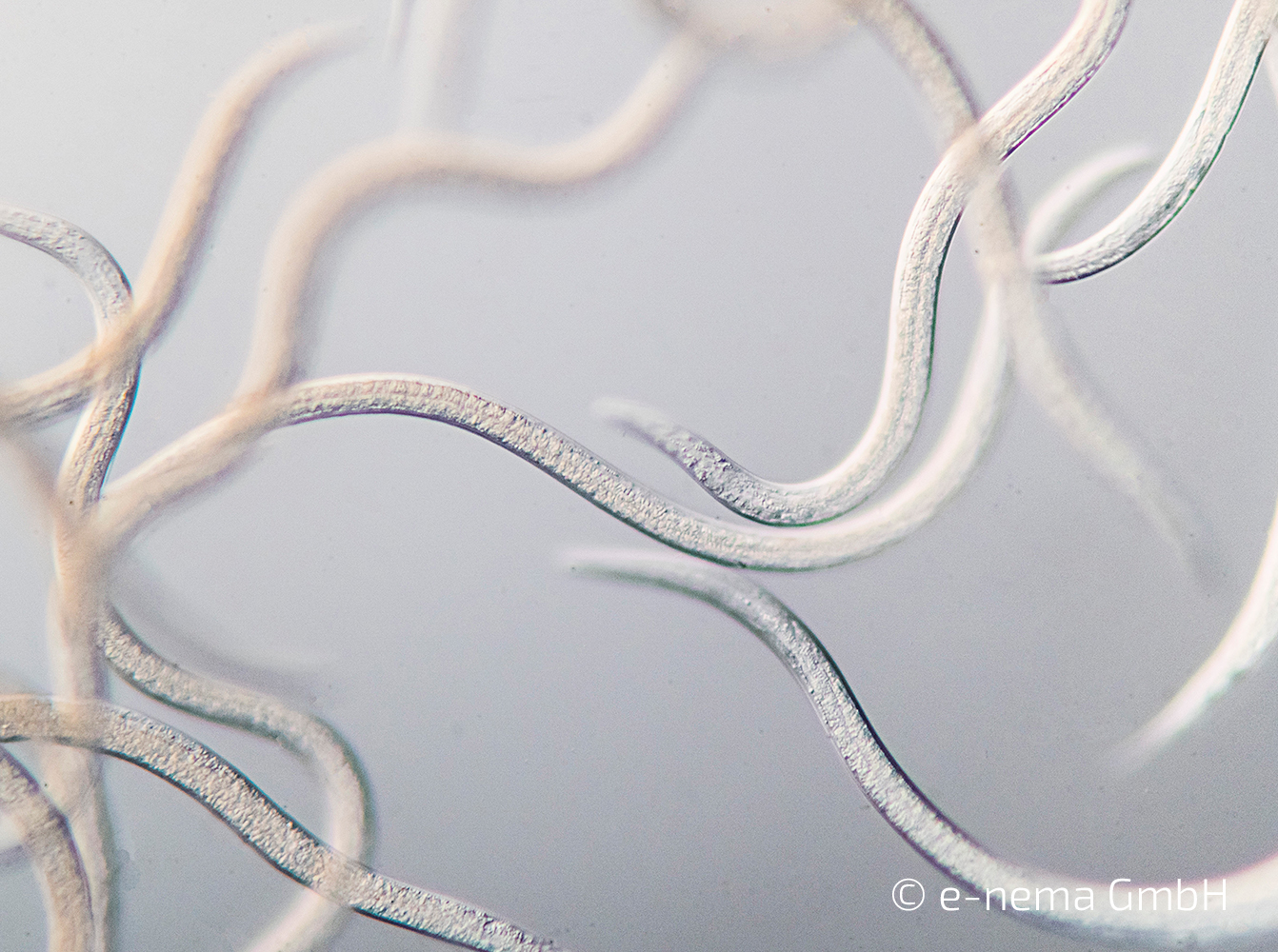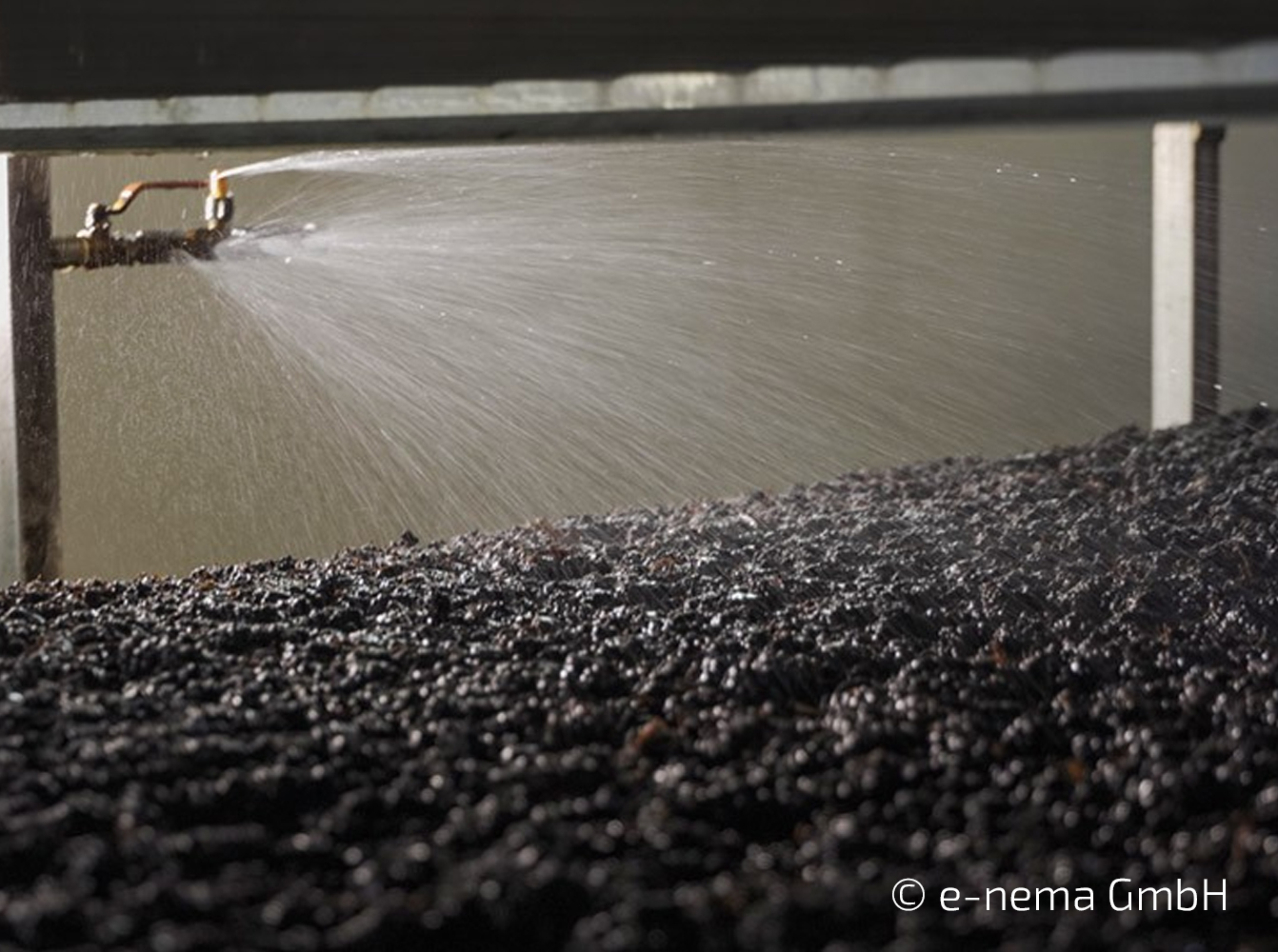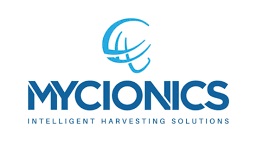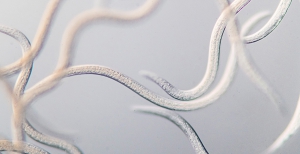In the realm of mushroom farming, managing pests is crucial for maintaining healthy crops and ensuring bountiful harvests. Nematodes, have emerged as a popular biological control agent against a variety of pests, including scriarids, phorids and other soil-dwelling insects. However, integrating nematodes with other plant protection substances requires careful consideration to maximize their effectiveness and sustain the delicate balance of the farm ecosystem.
Understanding Nematodes as Biological Control Agents
Nematodes used in pest control are generally entomopathogenic, meaning they infect and kill insect pests. Species such as Steinernema and Heterorhabditis are commonly utilized. These beneficial nematodes search out and enter their host insects, releasing symbiotic bacteria that kill the pests from inside. This biological approach is highly targeted, minimizing harm to non-target organisms and the environment.
Compatibility with Chemical Pesticides
Nematodes can be tank mixed and jointly used with many substances and chemicals without problem. They are delivered in a Dauerjuveniles status (a bit like a hibernation status). Therefore, there is little interaction with their surroundings which allow a broad range of mixtures.
To ensure compatibility, e-nema provides a comprehensive list of the compatibility of nematodes with other plant protection products. The list can be downloaded free of charge from the e-nema website.
Please use this list to further simplify and further widen the usage of nematodes. If you come across chemicals and substance which are not on this list, please contact e-nema and they will investigate on it.
Conclusion
For mushroom farmers, nematodes represent a potent ally in pest management. And their biology allows a wide use with various chemicals and substances. A lot of work has been done to list the most commonly used chemicals and their ability to mix with beneficial nematodes.
























